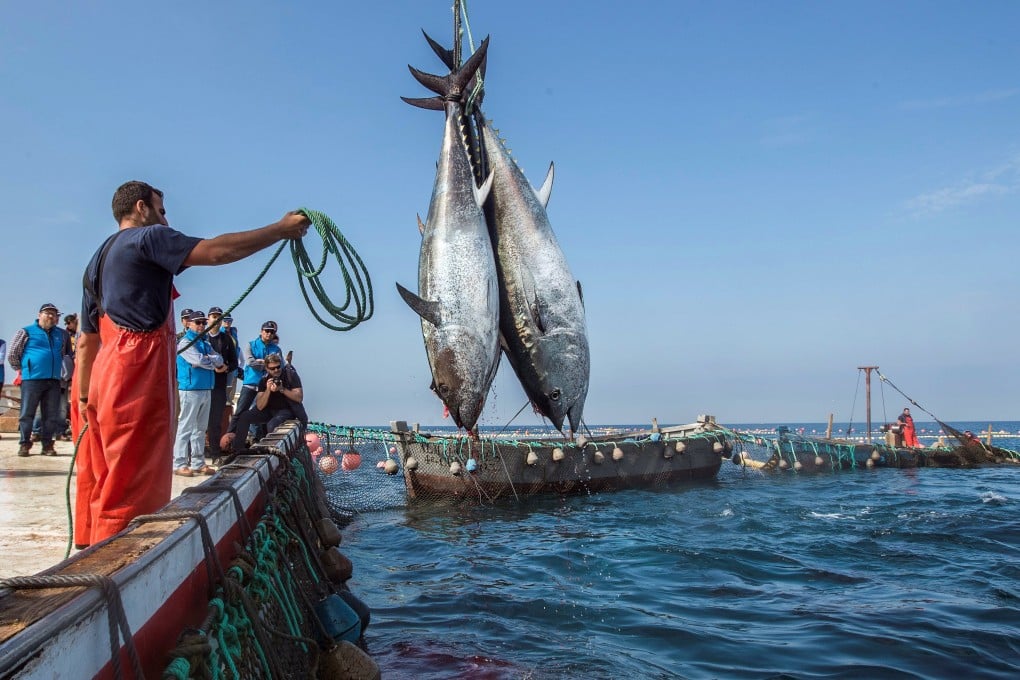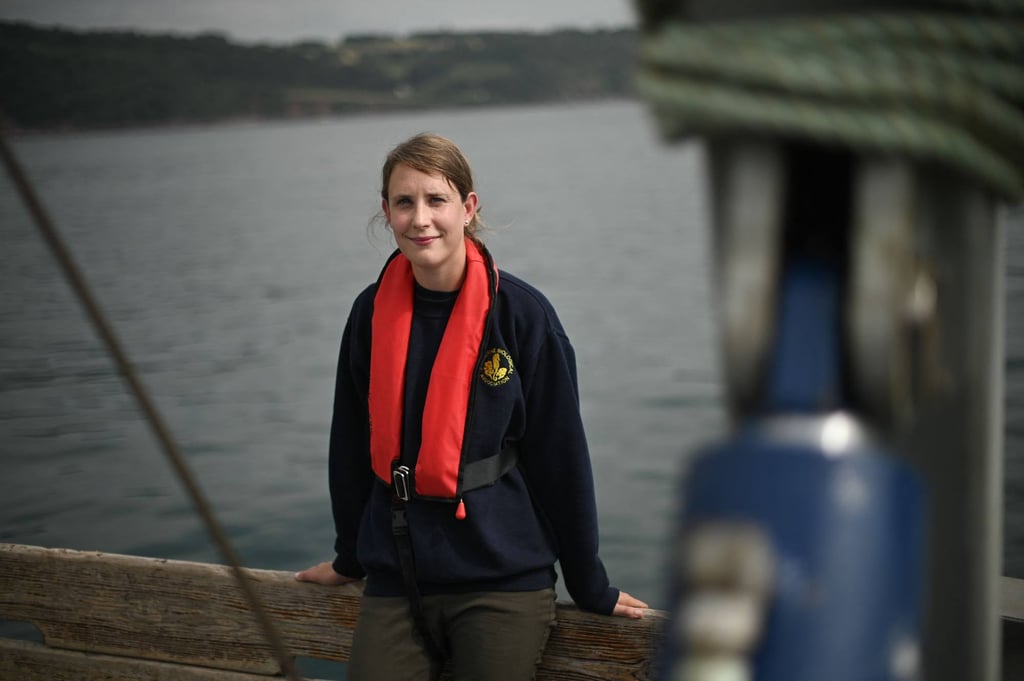Why climate change could devastate the world’s oceans and fish stocks: plankton, foundation of the marine food chain, are fleeing warming seas
- They are eaten ‘by pretty much everything you can think of in the sea’ and help the oceans absorb a quarter of carbon emissions, but plankton are on the move
- These tiny marine organisms are migrating from temperate seas to the poles, a change happening so quickly scientists fear ecosystems might collapse

The strange metal box hauled from the waves and onto the ship’s deck looks like a spaceship from a child’s imagination.
When scientist Clare Ostle opens it and draws out the silk scrolls inside, she is looking for the telltale green glow from some of the most important creatures on Earth: plankton.
This is a Continuous Plankton Recorder, one of a number of torpedo-like devices that for 90 years have been towed by merchant vessels and fishing boats on a vast network of routes. They help researchers better understand the ocean by collecting some of its smallest inhabitants.

Plankton – organisms carried on the tides – are the foundation of the marine food chain. They are also part of an intricately balanced system that helps keep us all alive. As well as helping produce much of the oxygen we breathe, they are a crucial part of the global carbon cycle.
“The big thing that we’re seeing is warming,” say Ostle, coordinator of the Pacific CPR Survey, as she demonstrates the plankton recorder off the coast of Plymouth in Britain.